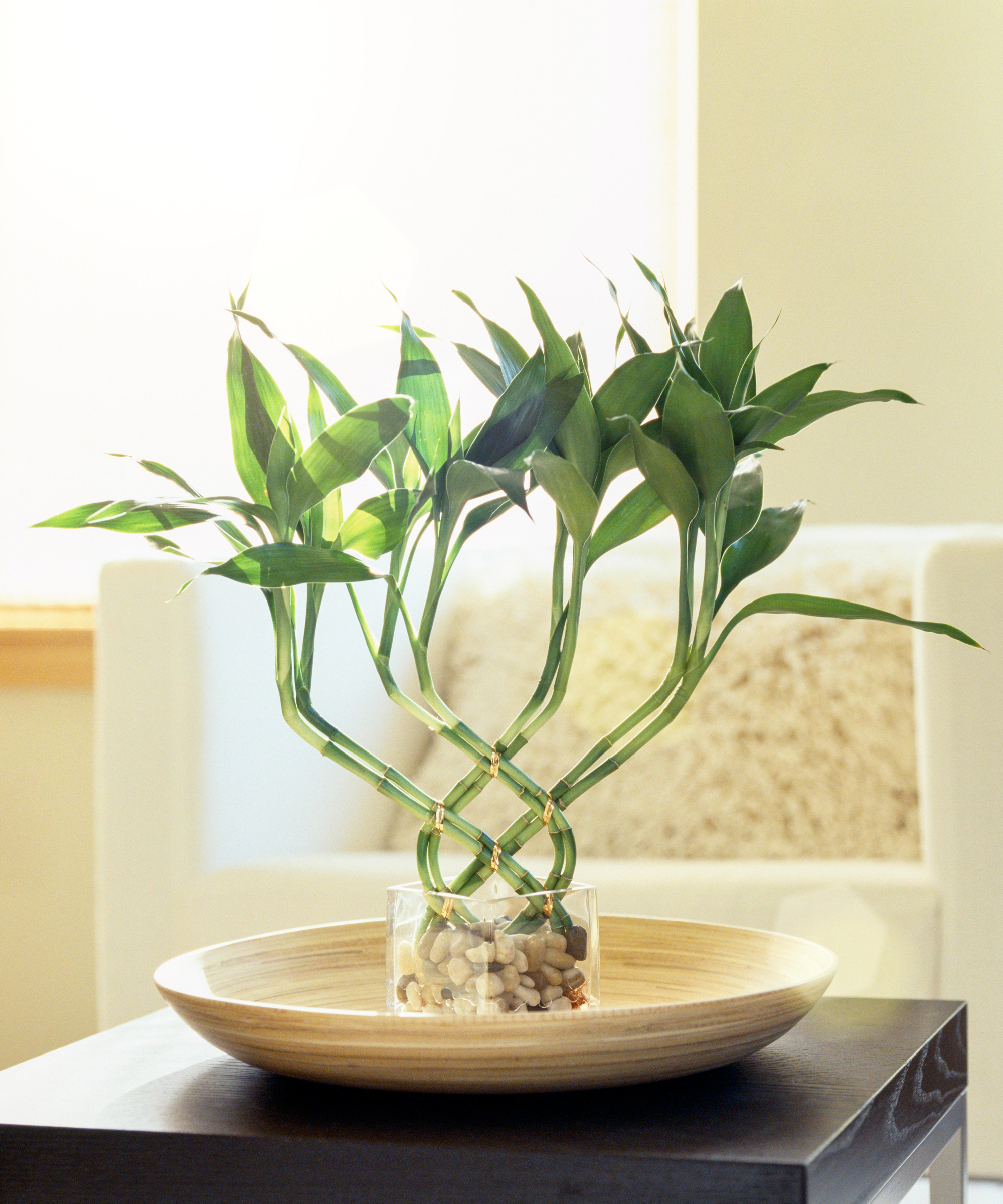Use this failsafe method for propagating lucky bamboo – you'll be amazed how many plants you can get
Grow your own jungle indoors with minimum effort – this plant is really easy to multiply, as demonstrated by Shirley Bovshow

These lucky bamboo propagating tips from the expert gardener Shirley Bovshow will help you turbo charge your indoor garden ideas – you'll just have so many more plants to work with. As it happens, and as Shirley explains in a video for the Hallmark Channel, growing and propagating lucky bamboo is very, very easy, you just need to follow a few simple rules. But first, is lucky bamboo actually the plant you think it is?
Lucky bamboo: what it is and what it needs to grow
First of all, you need to know that lucky bamboo...isn't a bamboo at all. It is a subspecies of the Draceana plants native to Africa. If you've ever owned a classic Draceana plant that looks a little bit like a palm tree, then lucky bamboo will begin to make a lot more sense in the context of belonging to the same plant family.
The great thing about this plant is that it's very low maintenance. As Shirley explains, it doesn't need an overly large container: 'you only need about an inch between the plant and the rim.' Like most other houseplants – and unlike many species of true bamboo – lucky bamboo doesn't need bright sunlight, only 'bright, indirect light.'
The only thing this plant is a little bit fussy about is watering. 'Do not water it from the tap,' cautions Shirley – it hates chlorine! 'Forget it' if you're going to water it from the tap, she says. Use filtered water only.
Explore more of the best indoor plants in our guide.
Top tips for propagating lucky bamboo successfully

The other amazing thing about this plant is how easy it is to propagate. Shirley shares her easy, failsafe tip on multiplying lucky bamboo: propagate them by rooting in water. 'You can multiply this plant two different ways: the first way is by taking an offshoot. Grab a side shoot and make a very, very close cut to the stalk.' Then, remove the lower leaves: 'the reason for that is that you need to reveal a node, this is where the new roots are going to grow from. That is extremely important to be successful.' Now, put it in water, and that's it!
The second step – and that's what is going to give you the curved shapes lucky bamboo is famous for – is by making even more plants after your shoot has put down roots: simply cut it up into several sections, taking care to keep all the sections you make the right side up. Now, coat the tops of the plant sections with wax to encourage side growth instead of top growth. Put them in water, and watch them grow!
Can you grow real bamboo indoors?
As specialist bamboo growers at Bamboo Garden say, 'a few types of bamboo can tolerate indoor conditions, though most prefer to be grown outside.' The thing with bamboo is that it likes plenty of bright natural light, lots of space to grow, and plenty of regular rain. However, some species can be grown as container gardening ideas, especially Golden Bamboo (Phyllostachys aurea). If it's in a bright spot, it should do ok indoors. There's more tips on how to grow bamboo in our guide.
Anna writes about interior design and gardening. Her work has appeared in Homes & Gardens, Livingetc, and many other publications. She is an experienced outdoor and indoor gardener and has a passion for growing roses and Japanese maples in her outside space.
